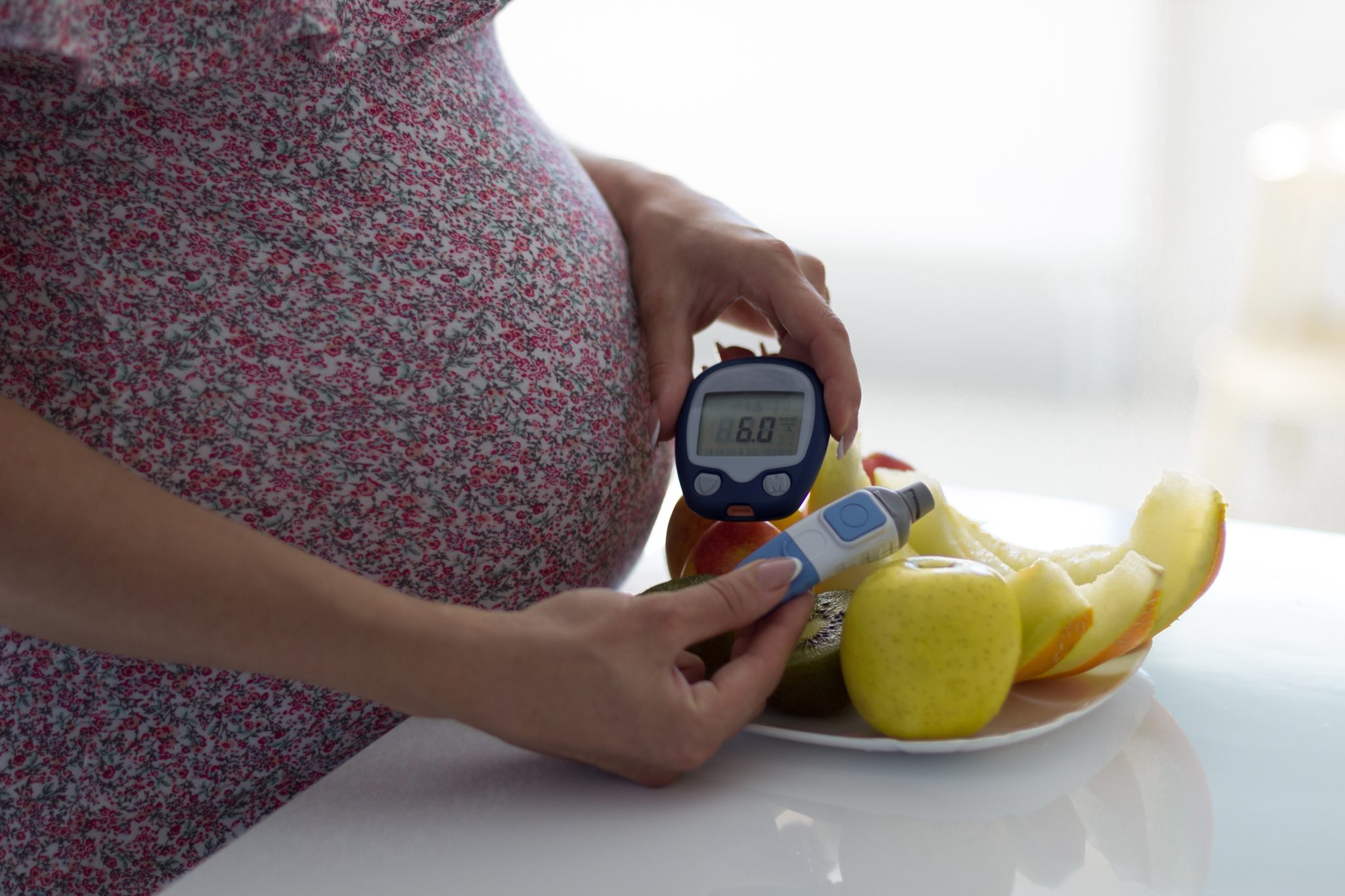Health

Gestational diabetes is a form of high blood sugar that affects pregnant women. This type of diabetes develops in women who do not already have diabetes. Hormones made by the placenta keeps the body from using insulin as it should. This causes blood sugar levels to rise instead of being absorbed by the cells.
Symptoms
If blood sugar levels are high, an expecting mother may have the following symptoms:
- Urinating more than normal
- More hungry or thirsty than normal
- Blurred vision
- Nausea and vomiting
- Weight loss
It is important for women to be tested to keep themselves and their baby healthy. Usually, glucose tolerance screenings are completed between 24 and 28 weeks. If a women has been deemed a high risk for gestational diabetes, their doctor may want to screen them sooner. Symptoms of gestational diabetes usually go away after the delivery of the baby, but there is a chance of developing diabetes later in life.
Who is at risk?
Any woman is at risk for gestational diabetes during pregnancy, but the following factors can increase a woman’s chances:
- Older than 25
- Being of African American, American Indian, Asian American, Hispanic, Latino, or Pacific Islander descent
- Have prediabetes (impaired glucose tolerance)
- Overweight
- Hypertension
- Family history of diabetes
- Have given birth to a baby weighing more than 9 pounds
According to the American Diabetes Association, if a woman has several of these risk factors, they should be tested for type 2 diabetes at their first prenatal visit.
Treatment
The goal is to control blood sugar levels and prevent pregnancy complications. A doctor may recommend the following to manage gestational diabetes:
- Monitor glucose levels. Monitor daily blood glucose levels two hours after eating. Keep blood sugar levels lower than the range of 130mg/dl to 140mg/dl.
- Exercise. Exercise should be moderate unless a healthcare provider recommends otherwise. Even a 10-minute walk can make a big difference.
- Eating. Make lifestyle changes to a diet–such as eating five servings of vegetables, fruits, low-fat or nonfat dairy products, and lean meats. Use liquid fats for cooking instead of solid fats. Incorporate whole grains and avoid high-calorie snacks, sweet desserts, and sugary beverages. Spread carbohydrates throughout the day to keep blood sugar levels steady.
- Medication. Insulin injections or other medicines may be taken to control blood sugar levels.
- Classes. Diabetes education classes can give a mom the knowledge needed to understand what their body is going through. These classes can also help a mom manage blood sugar levels during the pregnancy and if type 2 diabetes reoccurs.

